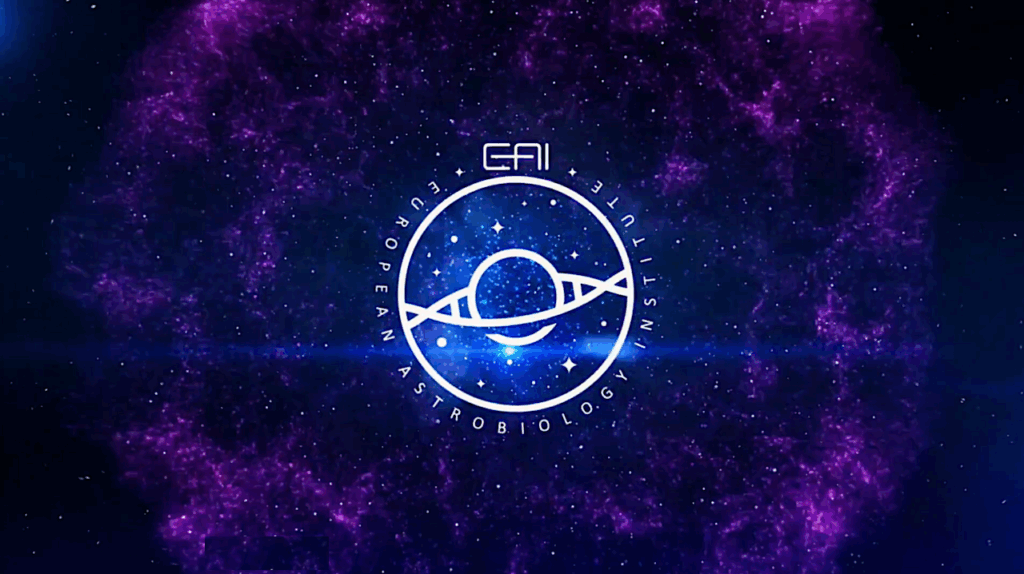NASA Astrobiology Institute Director’s Corner 13 February 2007

When I read the recent NASA press release on selections for future Mars missions and studies, I was struck by the contribution the Astrobiology Program had made to the development of the proposed investigations. As many readers of this column know, the Astrobiology Program is comprised of 4 distinct competitive opportunities.
The oldest of these is the Exobiology Program which began in NASA’s earliest days and has now supported research into habitability, prebiotic chemistry, early evolution of life and the biosphere, and related topics for almost 5 decades. The NASA Astrobiology Institute (NAI) was added in 1998 to bring together scientists from diverse disciplines in integrated multidisciplinary teams to attack major questions in astrobiology across a broad scientific front. An additional specific NAI responsibility was (and is) to provide scientific and technical input on the astrobiology aspects of current and future NASA missions.
Two programs focused on technology and instrument development, the Astrobiology Science and Technology Instrument Development (ASTID) program and the Astrobiology Science and Technology for Exploring Planets (ASTEP) program were added subsequently.
The recent Mars selections included a mission proposed to fly in the Mars Scout Program called the Mars Atmosphere and Volatile Evolution (MAVEN) mission. The mission’s Principal Investigator (PI) is Bruce Jakosky, leader of the NAI’s University of Colorado team. MAVEN would study atmospheric gas escape from Mars to understand how the atmosphere has evolved and what effect atmospheric evolution has had on the planet’s climate and habitability. MAVEN thus places one piece of the puzzle–Martian atmospheric escape–in the larger context of the planet’s biological potential.
This is an example of what Jakosky’s NAI team and the entire Institute are all about. The NAI brings together researchers from across the spectrum of science to examine the big picture and understand how individual parts of the puzzle fit into the whole. It provides a forum for broad, multidisciplinary thinking among scientists who might not otherwise have the opportunity to work together and learn how to contribute to each other’s research. MAVEN is an example of what can grow out of this fertile ground.
In addition to MAVEN and another Mars Scout mission candidate, the recent selections included two instrument development efforts, both of which are direct products of other elements of the astrobiology program. Jeff Bada of the University of California at San Diego, PI for the Urey Mars Organic and Oxidant Detector, was the PI for a NASA Specialized Center of Research and Training (NSCORT) in exobiology. Ideas developed in Jeff’s NSCORT team led to successful ASTID and ASTEP proposals to develop the technology used in the Urey instrument. Similarly, Luann Becker of the University of California at Santa Barbara successfully competed for ASTEP funding to develop the technology used for her Mars Organic Molecule Analyzer.
This outgrowth of flight instrument development from astrobiology program support follows in the footsteps of two instruments on the Mars Science Laboratory (MSL), scheduled for launch in 2009. Both CheMin, the Chemistry & Mineralogy X-Ray Diffraction/X-Ray Fluorescence Instrument, and SAM, the Sample Analysis at Mars Instrument Suite with Gas Chromatograph, Mass Spectrometer, and Tunable Laser Spectrometer, had ASTID program support before they were successfully proposed for flight on MSL. The astrobiology program is thus contributing directly, as intended, to flight mission development.
Through the NAI, the astrobiology program also contributes to missions in another way. As mentioned above, a key responsibility of the NAI is to provide scientific and technical input on the astrobiology aspects of NASA missions. The NAI accomplishes this principally through Focus Groups that mobilize expertise from across the Institute and the wider scientific community to address topics of particular importance to astrobiology. The NAI’s Mars Focus Group began by playing a seminal role in restructuring the Mars Program following the loss of NASA missions launched in 1998. Its chair, NAI PI Jack Farmer of Arizona State University, went on to chair NASA’s Mars Exploration Program Analysis Group (MEPAG), the principal community forum aiding NASA in planning Mars exploration. Farmer’s successor as MEPAG chair was NAI PI Jakosky. (The first MEPAG Chair, preceding Farmer, was Ron Greeley, then also the Chair of the NAI’s Europa Focus Group.)
The assimilation of the astrobiology community, led by NAI PIs, into MEPAG was so complete that the NAI’s Mars Focus Group was able to ramp down its level of activity. This is successful input to NASA missions by any measure. However, the NAI monitors developments and remains alert to needs and opportunities for additional programmatic input. The Institute will be supporting the astrobiology community in the coming months to provide input to planning for the Mars Astrobiology Field Laboratory.
The NAI Europa and Titan Focus Groups have also provided forums for astrobiology community input to NASA mission planners, as has the Astronomy Focus Group which began with an analysis of the astrobiology potential of the James Webb Space Telescope. In the near future the NAI will be examining ways it can strengthen its Focus Group contributions and add to them.
Astrobiology







